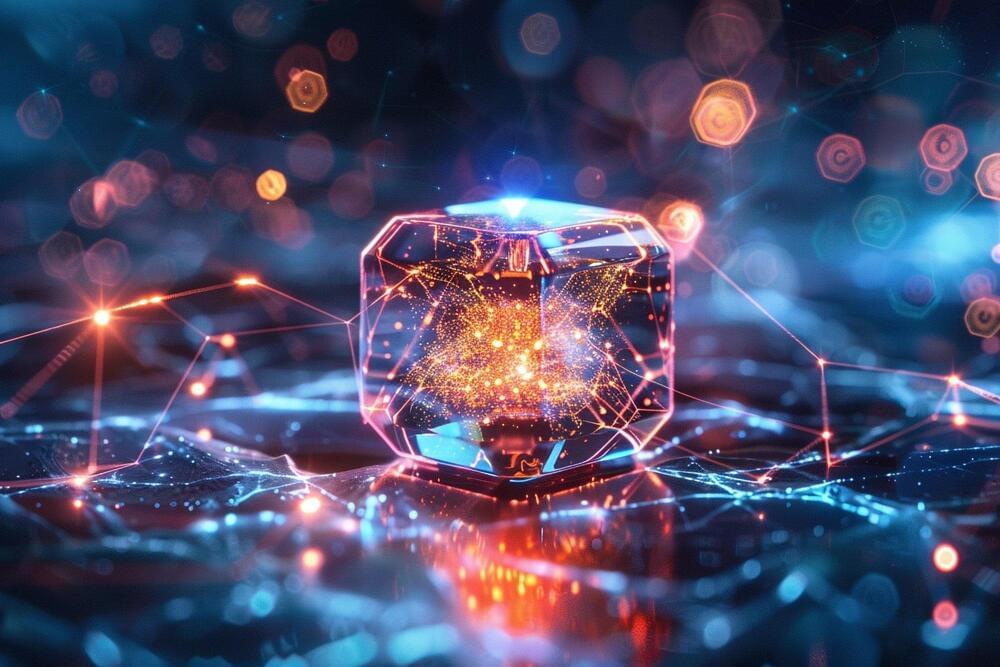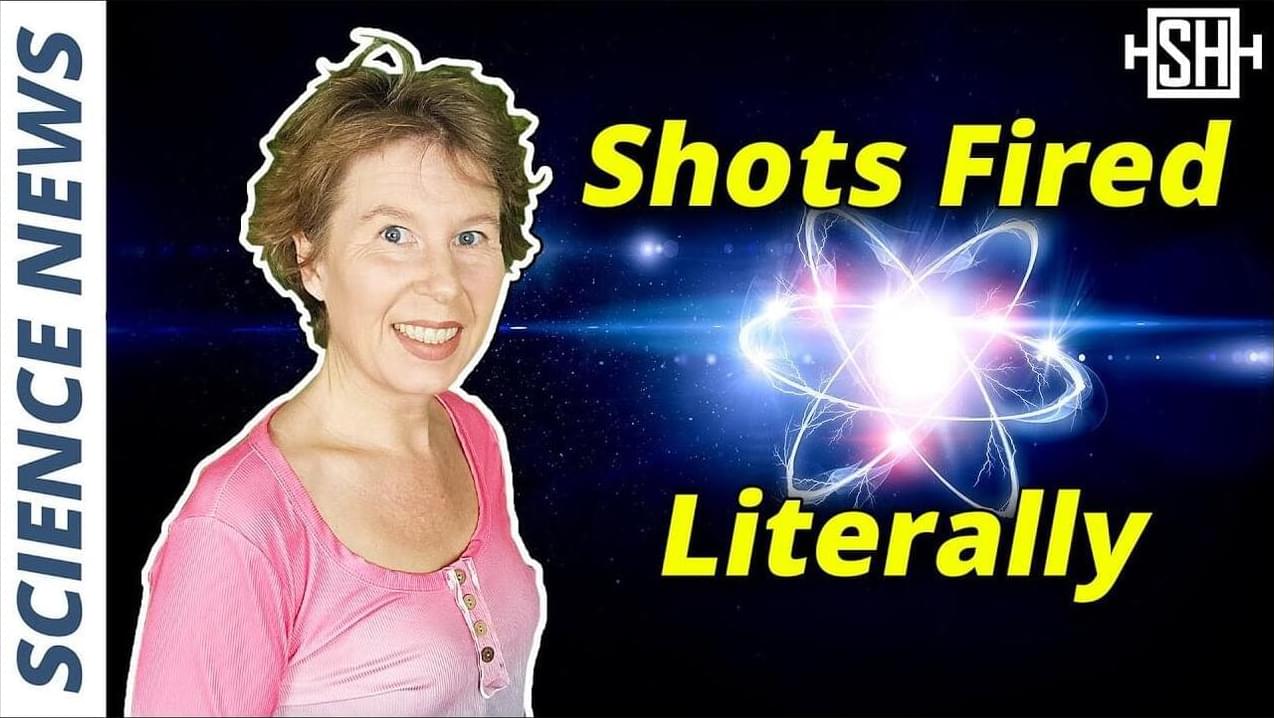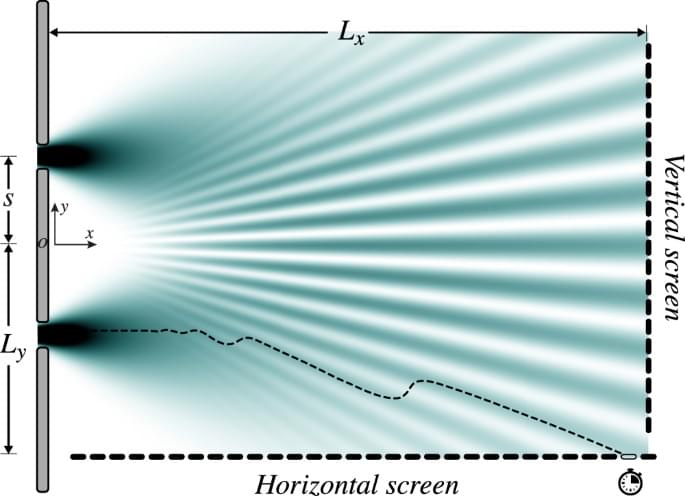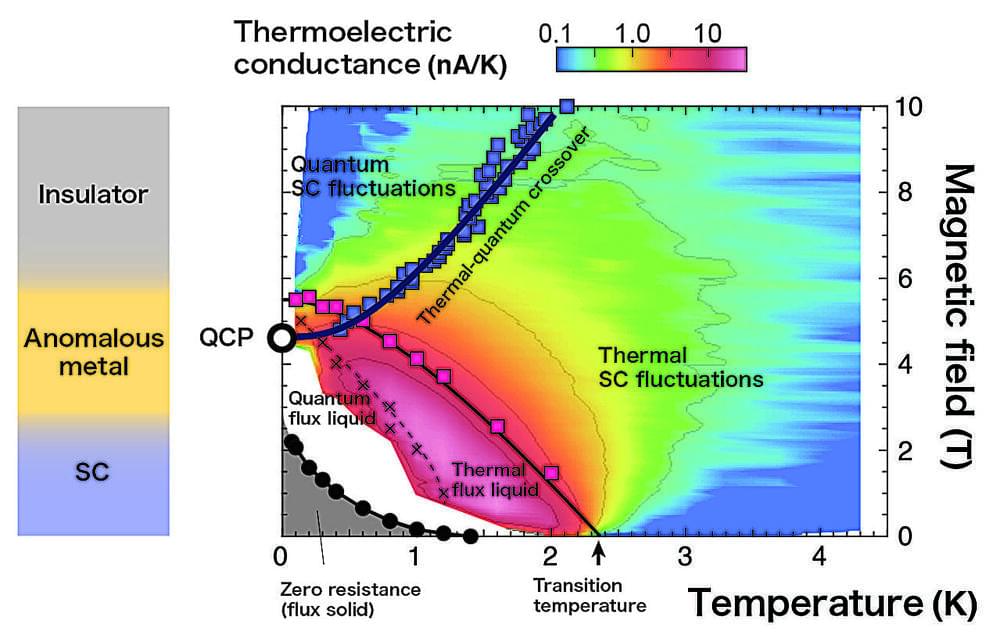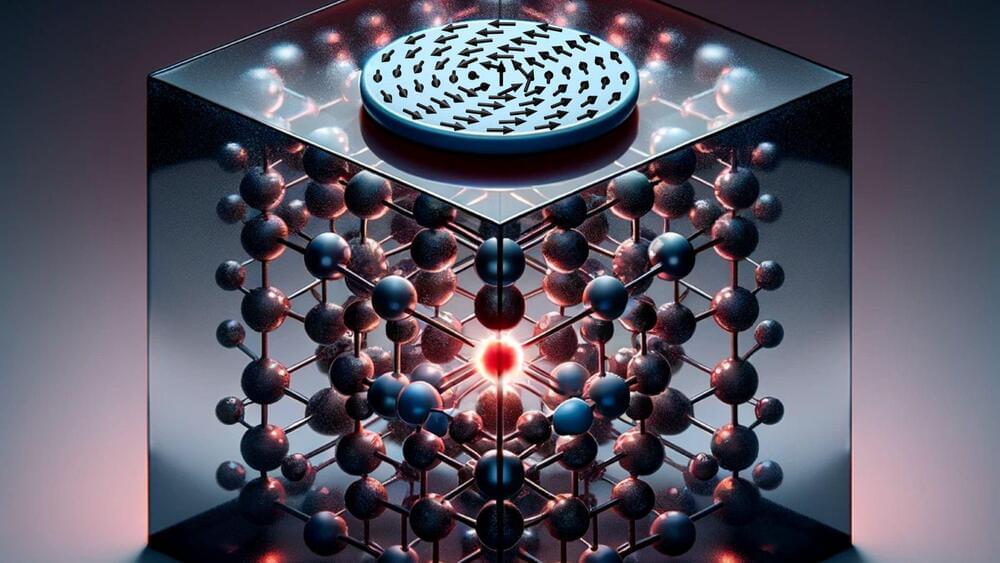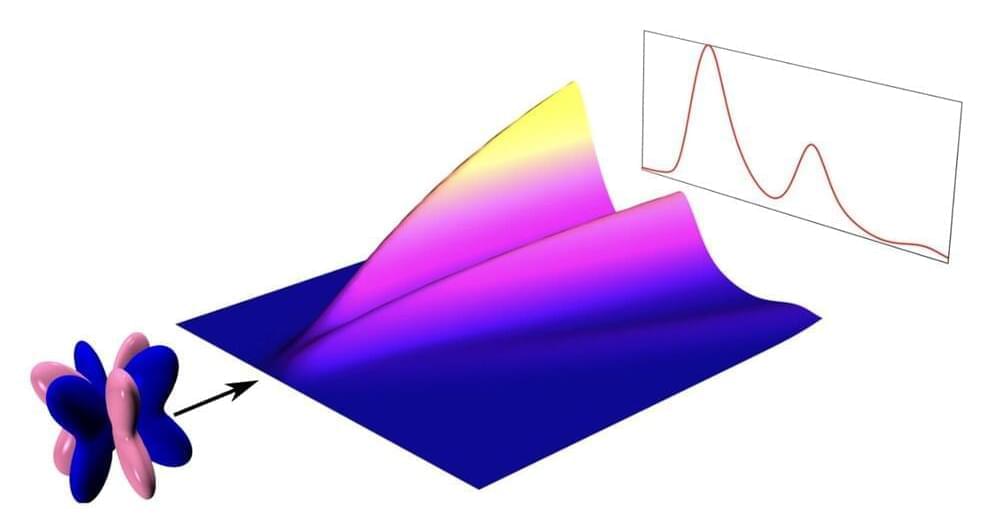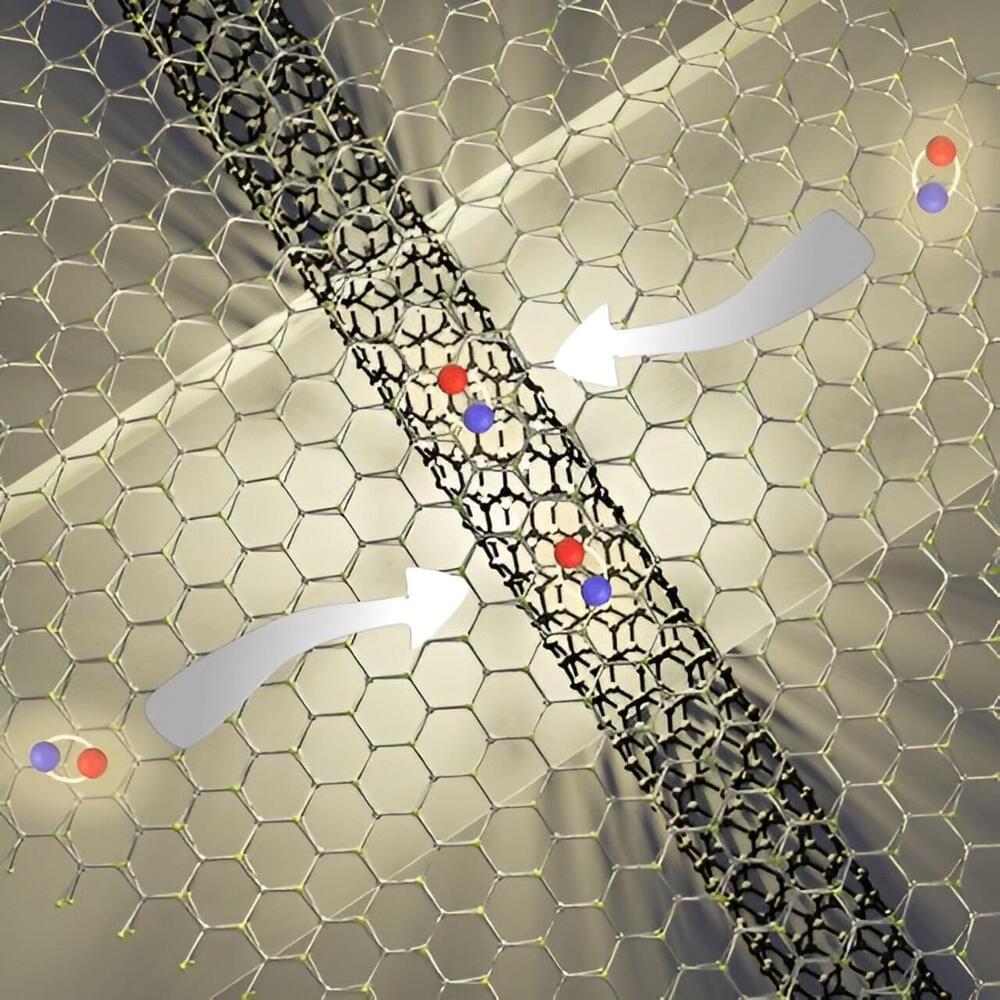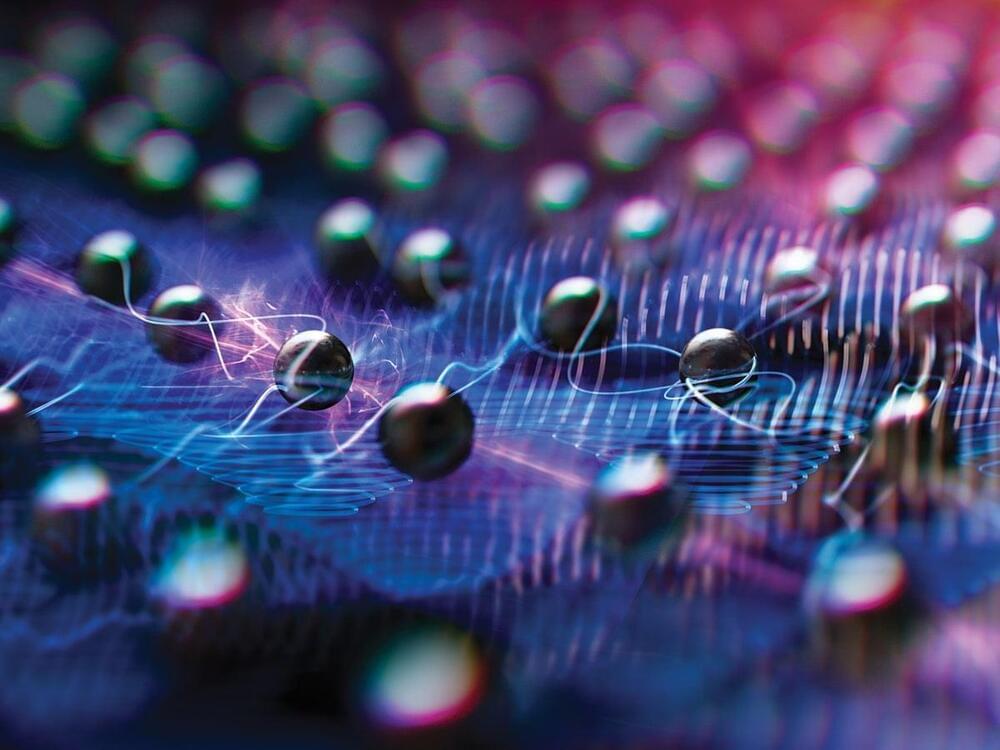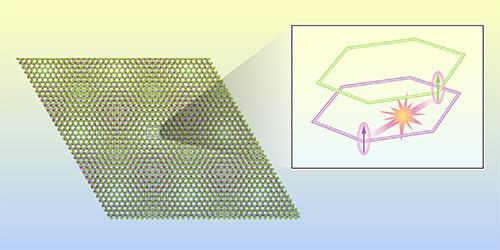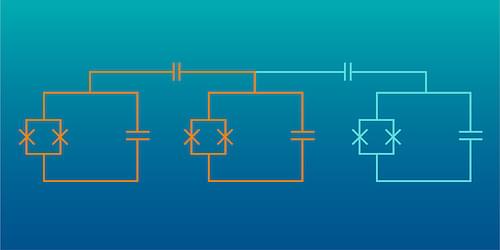Mar 23, 2024
New Method Transforms Everyday Materials Like Glass Into Quantum Materials
Posted by Quinn Sena in categories: computing, quantum physics
A recent study by scientists from the University of California, Irvine and Los Alamos National Laboratory, published in Nature Communications, reveals a breakthrough method for transforming everyday materials, such as glass, into materials scientists can use to make quantum computers.
“The materials we made are substances that exhibit unique electrical or quantum properties because of their specific atomic shapes or structures,” said Luis A. Jauregui, professor of physics & astronomy at UCI and lead author of the new paper. “Imagine if we could transform glass, typically considered an insulating material, and convert it into efficient conductors akin to copper. That’s what we’ve done.”
Conventional computers use silicon as a conductor, but silicon has limits. Quantum computers stand to help bypass these limits, and methods like those described in the new study will help quantum computers become an everyday reality.
